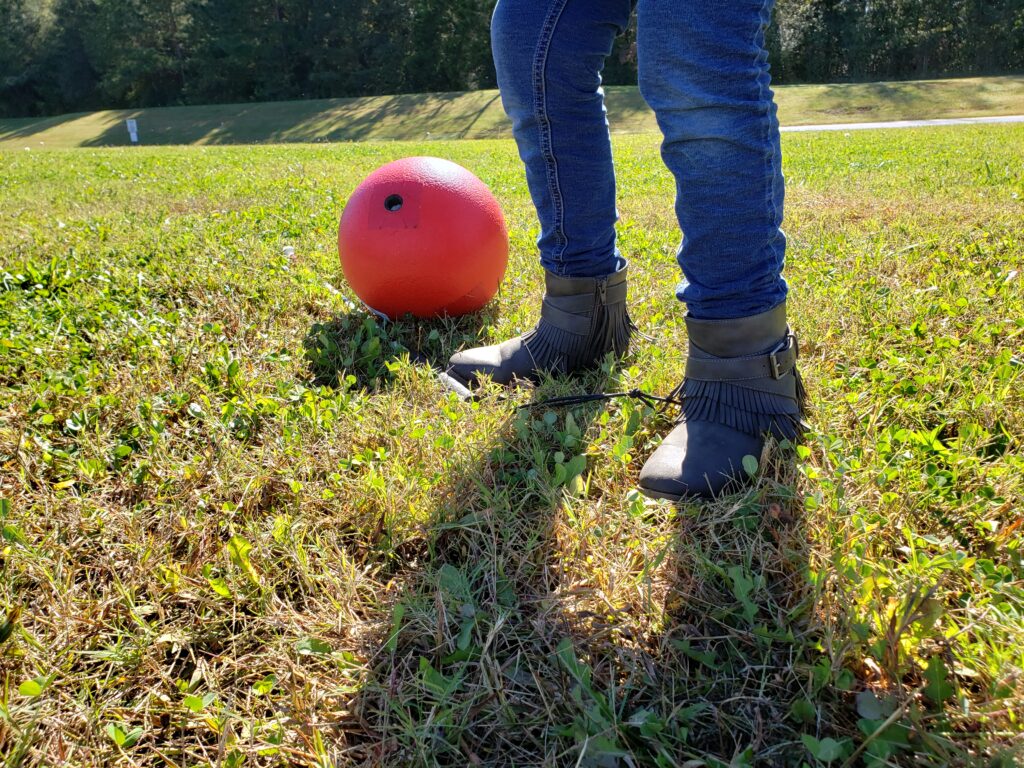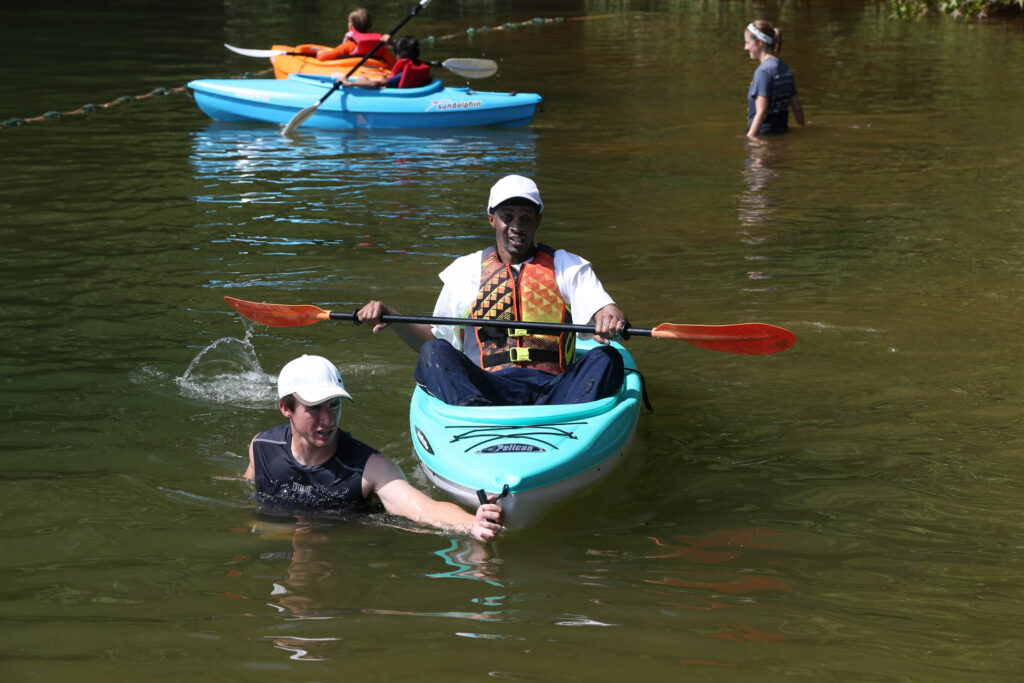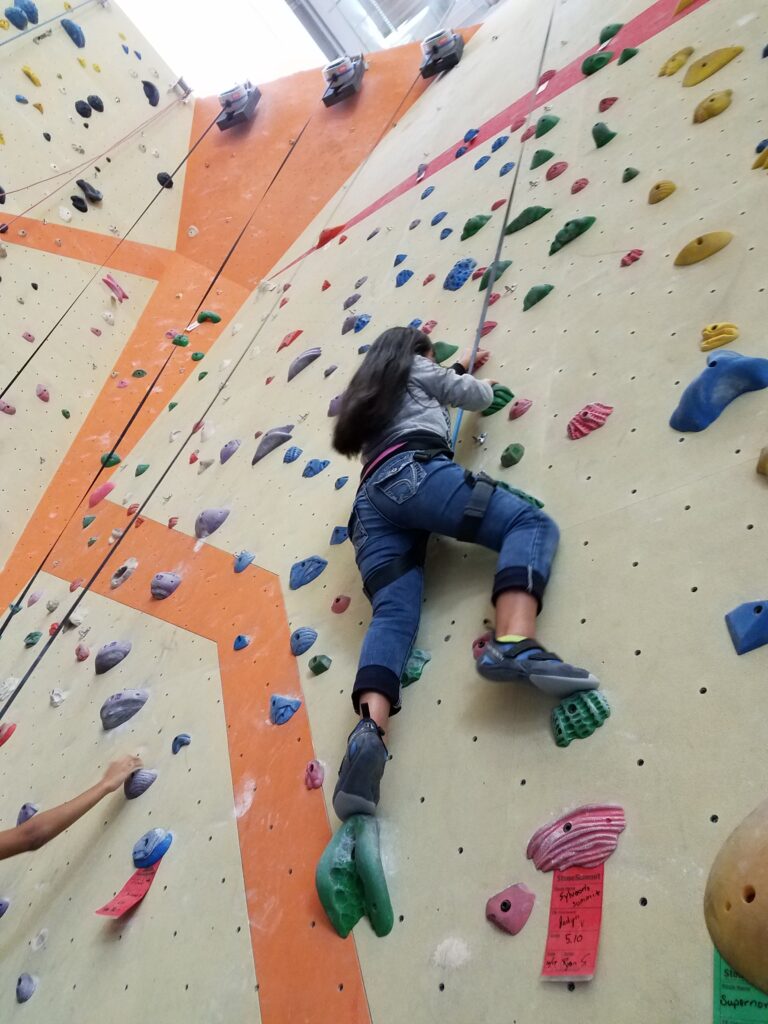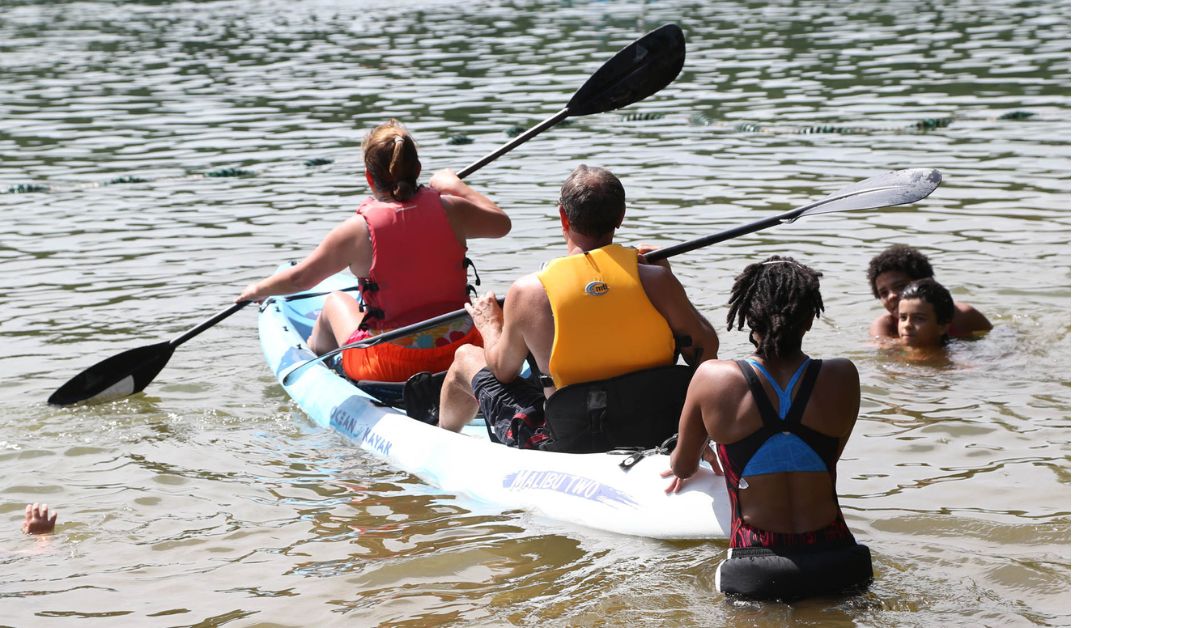
Engaging in recreational and leisure activities is vital for individuals with visual impairments, offering opportunities for physical fitness, social interaction, and personal fulfillment. A variety of accessible sports and activities have been adapted to ensure inclusivity and enjoyment.
Goalball: A Sport Designed for the Visually Impaired
Goalball is a unique team sport specifically created for blind and visually impaired athletes. Developed in 1946 to aid the rehabilitation of visually impaired World War II veterans, it has evolved into a competitive Paralympic sport. Teams of three players aim to throw a ball embedded with bells into the opposing team’s goal, relying on sound to track the ball’s movement. The Georgia Blind Sports Association (GBSA) actively promotes goalball, organizing training sessions and competitions to foster community and skill development among participants.
Beep Baseball: An Adaptation of America’s Favorite Pastime
Beep baseball modifies traditional baseball to accommodate visually impaired players. The ball emits a beeping sound, and the bases produce buzzing noises, enabling players to locate them through hearing. This adaptation allows individuals with visual impairments to experience the thrill of baseball, promoting teamwork and physical activity. Organizations like GBSA support beep baseball initiatives, providing resources and opportunities for engagement.
Kayaking: Navigating Independence on the Water
Kayaking offers visually impaired individuals a chance to enjoy water-based recreation. With proper training and adaptive equipment, such as tandem kayaks and auditory cues, participants can safely navigate waterways. This activity enhances physical fitness and provides a sense of freedom and connection with nature. Programs tailored for the blind community ensure that kayaking is both safe and enjoyable.

Hiking: Exploring Nature’s Trails
Hiking is an accessible activity that allows visually impaired individuals to experience the outdoors. With the assistance of guides or adaptive technologies, hikers can traverse various terrains, enjoying the sensory aspects of nature. Organizations often organize group hikes, fostering community and ensuring safety while exploring natural landscapes.
Additional Recreational Activities

Beyond the aforementioned sports, several other activities have been adapted for the visually impaired:
- Tandem Cycling: Riding a tandem bicycle with a sighted partner enables individuals to experience cycling, promoting cardiovascular health and teamwork.
- Swimming: With the guidance of tactile lane markers and instruction, swimming becomes an excellent low-impact exercise option.
- Bowling: Utilizing rail guides and verbal cues, bowling alleys can accommodate visually impaired players, making the sport both enjoyable and accessible. ConnectCenter
- Fishing: Adaptive equipment and sensory cues allow for a fulfilling fishing experience, connecting individuals with nature and providing relaxation.Adapt2Play+1InviOcean+1
- Martial Arts: Disciplines like judo and karate have been adapted to focus on tactile feedback, enhancing self-defense skills and physical fitness.
- Music and Dance: Engaging in musical instruments or dance classes tailored for the visually impaired fosters creativity and social interaction.
Participating in these activities not only promotes physical well-being but also enhances social connections and self-confidence. Organizations dedicated to empowering blind independence continue to innovate and provide resources, ensuring that recreational opportunities are inclusive and enriching for all.

